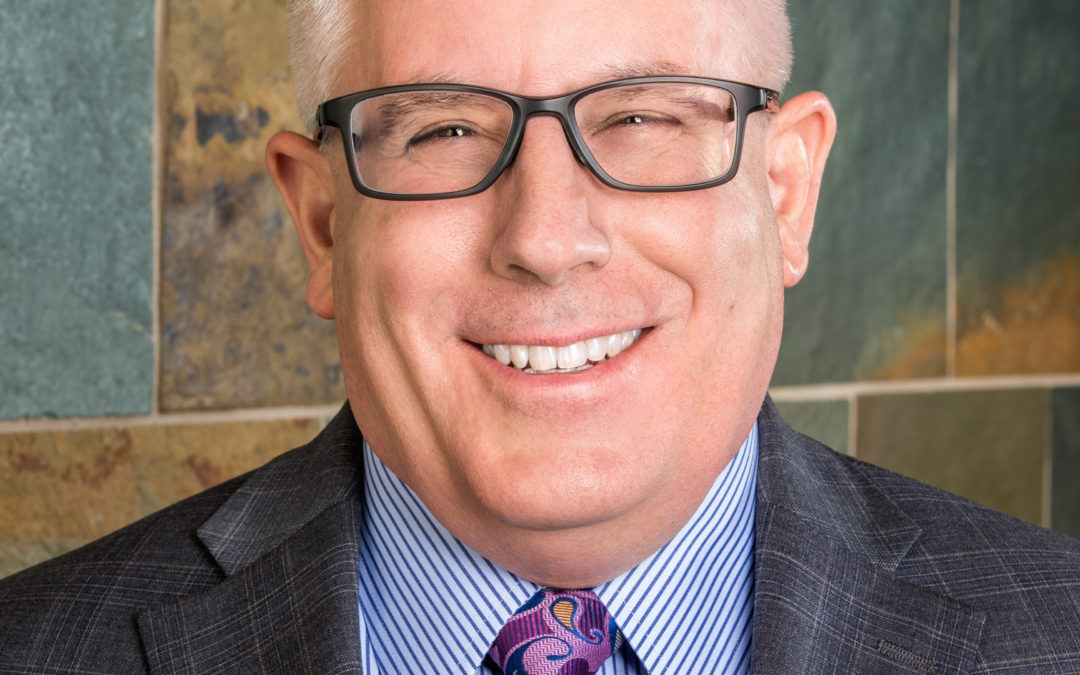This article was originally published by the Las Vegas Review-Journal on May 1, 2020.
On April 24, President Donald Trump signed into law significant changes to the Coronavirus Aid, Relief and Economic Security Act, commonly known as the CARES Act. The act originally included $349 billion for small-business loans to employers with fewer than 500 employees.
These loans were part of the Paycheck Protection Program or PPP. Individual businesses can borrow up to $10 million to cover the costs of payroll and some rent and utility expenses through June 30. The loans do not require personal guaranties and may be forgiven, meaning the principal amount may not have to be paid back under certain circumstances.
The original fund was exhausted in about two weeks. The data is still being collected, but so far about 8,600 loans were made in Nevada totaling slightly more than $2 billion. No specific data is available for Nevada yet, but nationwide about 13 percent of the loans by dollar amount went to the construction industry, for a total of about $44 billion in loans. That figure may also include developers. However, the initial reports are not that specific. The initial data does not indicate how many loans were made to Nevada-based contractors and developers. Overall, construction was one of the top four industry segments to receive loans.
The amendment that President Trump signed into law accomplishes a number of objectives, including replenishing the funds for the PPP. The amendment makes an additional $310 billion available for loans.
One issue that affects the amount a person may borrow is how related business entities are counted. Remember, the total amount for each borrower is limited to $10 million, and the amendment did not change that. Developers frequently organize each project as a separate business entity such as a limited liability company. The question is whether each entity is entitled to its own loan of up to $10 million, or are they counted as a single-business organization. Even though a developer will typically create a separate limited liability company for a project, those companies typically have the same people managing them, have similar ownership and their tax reporting is consolidated up into the tax return for a parent entity.
When the PPP rolled out a few weeks ago, there was little guidance as to how to treat these affiliated companies. The SBA has since issued complex rules for analyzing this question, and developers should consult with their lending financial institution and an attorney to determine how the rules apply to their particular situation.
Contractors who are sole proprietorships or independent contractors should not forget that they too can apply for loans under the PPP.
Another program that small contractors can take is the SBA’s Economic Injury Disaster Relief Program, also known as the EIDL. Through the EIDL, the SBA is offering a loan advance or grant of up to $10,000 to small businesses. This grant does not have to be paid back. Like the PPP, the EIDL grant program ran out of money. However, the amendment to the CARES Act adds another $10 billion of available funding.
Unlike the PPP, where businesses apply through a bank or other financial institution, a business applies directly to the SBA for the EIDL grant. These grants can be particularly helpful for small contractors and specific trades.
John M. Naylor is a partner at the Las Vegas law firm of Naylor &Braster at 1050 Indigo Drive, Suite 200, 702-420-7998. He is a former judge advocate with the United States Air Force and currently practices business law and business litigation.

